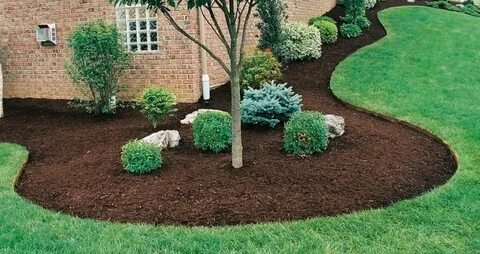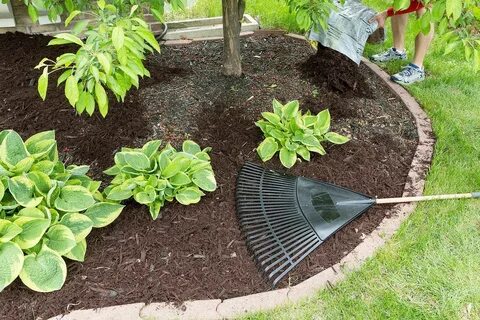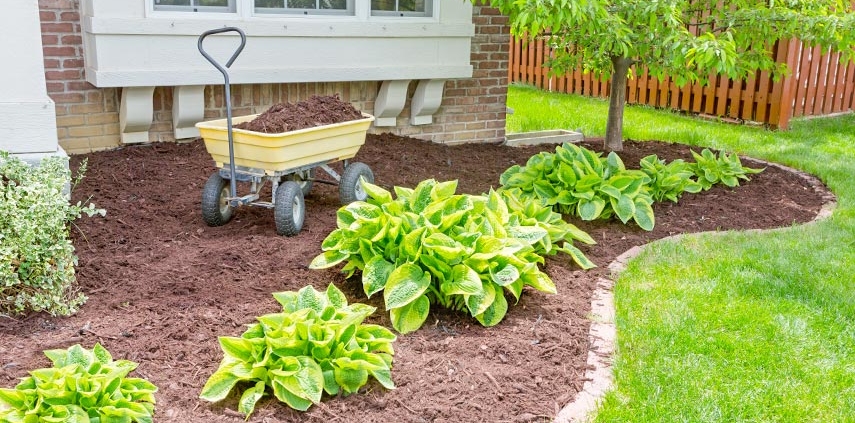Why Should You Consider Mulching Services for Your Garden Beds?

If you’ve ever looked at your garden and thought, “Something feels unfinished,” chances are your beds are missing mulch. Bare soil doesn’t just look unkempt—it works against you. Without mulch, weeds move in, soil dries up faster than you can water it, and your plants struggle to hold their ground. Mulching isn’t only about appearances; it’s about creating an environment where plants thrive with less hassle.
Gardeners and property owners who skip mulching often find themselves stuck in a cycle of constant weeding, watering, and replacing weak plants. Professional mulching services step in here, giving your garden a shield against stress and turning dull beds into well-kept, functional landscapes.
Benefits of Mulching for Garden Beds
Mulch does more than just sit on top of the soil—it changes the way your garden functions. By adding mulch, property owners create healthier growing conditions and reduce maintenance needs.
Weed Control
A good mulch layer blocks sunlight from reaching weed seeds, slowing their growth and saving hours of pulling unwanted plants.
Soil Moisture Retention
Mulch acts like a blanket, reducing evaporation and helping soil stay damp longer after watering or rainfall. This is especially helpful during hot summers.
Temperature Regulation
Insulating the soil keeps roots cooler in summer and warmer in winter, helping plants adjust to seasonal swings more easily.
Fun fact: Mulched soil can be up to 10°F cooler in the summer than bare ground.
Types of Mulch and Their Uses
Different mulches offer different benefits. The choice often depends on appearance, budget, and the plants in your beds.
Organic Mulch Options
Materials like shredded bark, leaves, straw, or compost enrich the soil as they decompose, feeding plants naturally.
Inorganic Mulch Options
Stone, gravel, or rubber mulch doesn’t break down, so it lasts longer and works well in low-maintenance spaces.
Which One Works Best?
Organic mulch benefits plants that rely on nutrient-rich soil, while inorganic mulch suits decorative beds or high-traffic areas where durability matters.
| Mulch Type | Best Use Case | Longevity | Soil Improvement |
|---|---|---|---|
| Shredded Bark | Flower beds, trees, shrubs | 1–2 years | Yes |
| Straw | Vegetable gardens | 1 season | Yes |
| Compost | Herb gardens, vegetable beds | 1 season | Yes |
| Gravel/Stone | Walkways, decorative areas | 5+ years | No |
| Rubber | Playgrounds, commercial beds | 8–10 years | No |
Fun fact: Earthworms are more active in mulched soil, which naturally improves soil structure.

Mulching for Aesthetic Value
Mulch isn’t just practical—it’s cosmetic. A fresh layer of mulch makes garden beds look polished and well cared for.
Color and Texture Options
From dark brown bark to bright red cedar and even pale straw, mulch colors can match or contrast with your landscape design.
Creating Defined Spaces
Mulch provides visual boundaries, making flower beds stand out against lawns and walkways.
Commercial Appeal
For businesses, well-mulched beds send a message of professionalism and attention to detail.
How Mulching Improves Soil Health
Healthy soil leads to healthy plants, and mulch plays a direct role in maintaining balance below the surface.
Organic Matter Contribution
As organic mulches break down, they release nutrients like nitrogen and phosphorus back into the soil.
Preventing Soil Erosion
Mulch cushions the impact of rain, keeping soil from washing away and roots from being exposed.
Supporting Microbial Life
Moist, shaded soil becomes a perfect home for beneficial organisms that help cycle nutrients naturally.

Common Question: Do Garden Beds Really Need Mulching Every Year?
Most garden beds benefit from an annual refresh. Organic mulch breaks down, so topping it up each spring keeps the layer effective. For inorganic mulch, a quick raking or cleaning might be enough to maintain the look and function.
Conclusion
Mulching services are less about luxury and more about practicality. They save time, reduce garden stress, and keep both residential and commercial properties looking sharp. For plants, mulch creates stable, nutrient-rich soil where growth comes easier. For property owners, it means fewer weeds, lower water bills, and less backbreaking work.
A fresh layer of mulch brings both beauty and function to outdoor spaces, making it a smart choice for anyone who wants healthier, more attractive garden beds.
Visit us to learn more about mulching services: https://www.allseasonslandscapingla.com/?utm_source=backlink
FAQs
Is organic mulch better than inorganic mulch?
Organic mulch improves soil quality as it decomposes, while inorganic mulch lasts longer and requires less maintenance. The right choice depends on your goals.
How thick should mulch be in garden beds?
A layer between 2–4 inches works best. Anything thinner won’t control weeds effectively, and anything thicker may suffocate roots.
Can mulch attract pests?
Some mulches, especially wood-based ones, may attract insects, but proper application and spacing around plant stems reduce the risk.
When is the best time to apply mulch?
Spring and early summer are ideal because soil is warm and moist, giving plants a good growing environment before extreme weather sets in.
Does mulch need to be removed before adding new layers?
Old mulch doesn’t usually need removal unless it’s compacted or moldy. Loosening it before adding new mulch helps maintain airflow and effectiveness.
Reviewer: Sophie Williams looked over this post and brought 7 years of field experience to her suggestions, helping ensure the content stays relevant to business owners and practical for everyday use.


Leave a Reply
Want to join the discussion?Feel free to contribute!